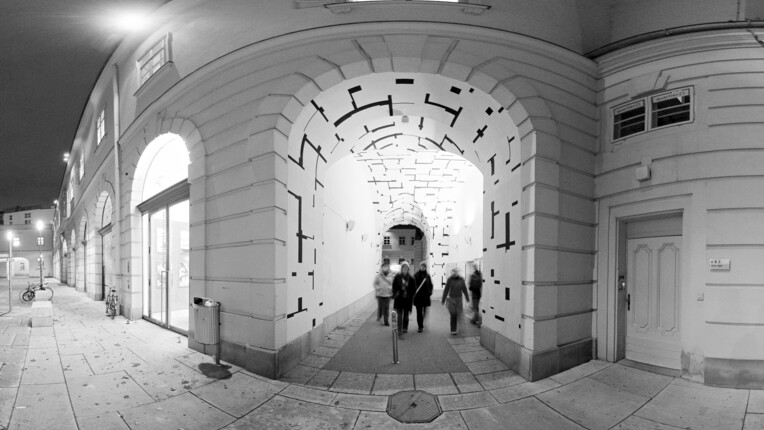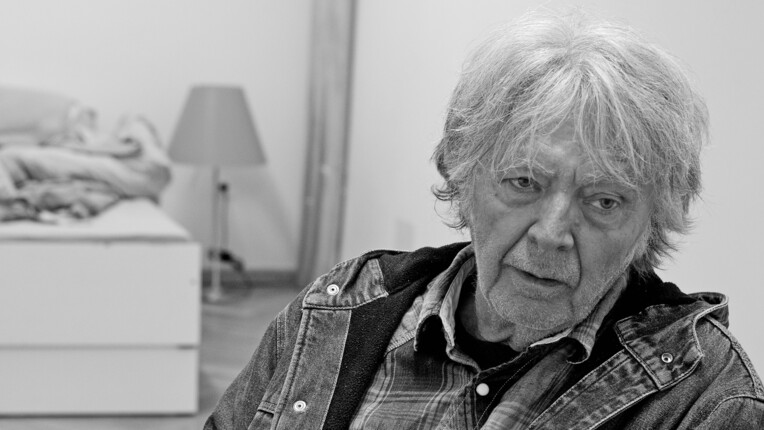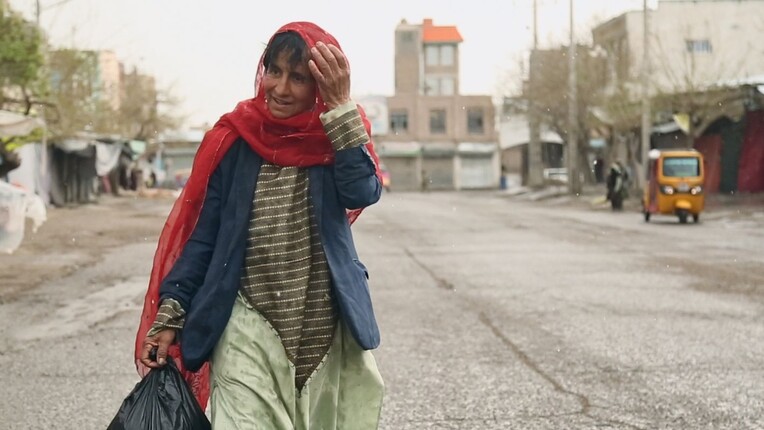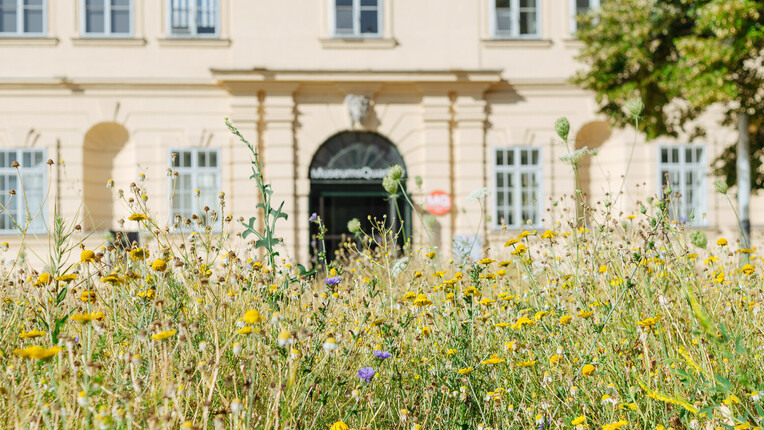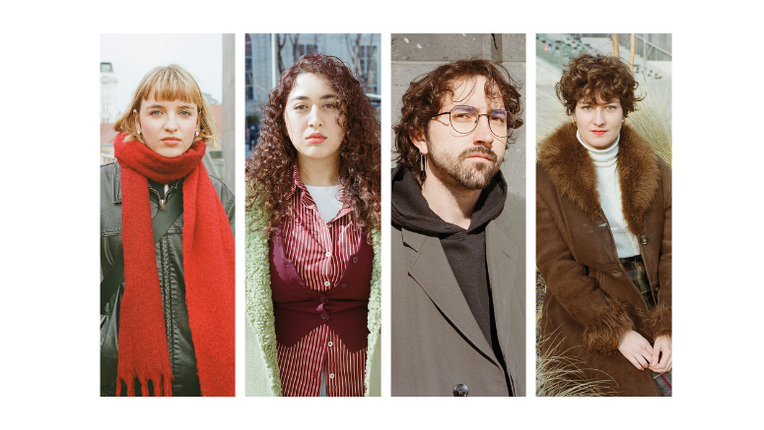
Arturas Bumšteinas in E-Mail conversation with Georg Weckwerth
In fall 2017 TONSPUR Kunstverein Wien presents its first record together with former Artist-in-Residence at Q21 Arturas Bumšteinas. The sound artist gives an insight into his work process and tells us what to expect of the composition “The Rise and Fall of Jakob Bauer”.
Arturas Bumšteinas in E-Mail conversation with Georg Weckwerth (Jan 15 – Feb 16)
In fall 2017 TONSPUR Kunstverein Wien presents its first record together with former Artist-in-Residence at Q21 Arturas Bumšteinas. The sound artist gives an insight into his work process and tells us what to expect of the composition “The Rise and Fall of Jakob Bauer”.
GW: Before we talk about your piece “Walk Through” for the TONSPUR series, I would like to ask for a short statement on your basic understanding of sound as a composer?
AB: For me as a composer, sound is important as some kind of relational space, something that exists only between humans. Of course I’m talking only about musical sound here, sound as a part of an artificially crafted sonic environment.
That’s an interesting notion. Sound and space are two terms often invoked together when sound artists talk about their work. Since you are a well-known composer and a sound artist as well, can you please describe in general how you deal with the medium of sound connected to space in your compositions in contrast to your installation work? You mentioned ‘muscial sound’ and ‘sonic environment’ in one breath.
There are different kinds of spaces. A physical space where sound is audible, a conceptual space of interpretation and a compositional space of formal elements. I see the process of musical creation in a similar way to that of painting. When you paint, you add layers of paint onto layers, thus creating some kind of physical space, but at the same time there is a strange thing happening on another, metaphysical level: While you are applying layer of paint onto layer in one dimension, it is as if you are cleaning the space of the canvas from its whiteness in another dimension. This other dimension is an interesting kind of space to think about. When it comes to the differences between various formats such as recording, concert, radio, installation etc. I think it’s more related to the context of how the work can be approached – if the work is extended to an extreme duration or it demands an unusual venue, then it’s better to realise it as an installation. If the work demands intimate contact with the listener, it’s better to choose the format of a physical recording like a CD or a vinyl record. If the work deals with issues of broadcasting, it would be natural to choose the radio format, and so on. When you are conscious of these differences – the next step is to start mixing them up.
What a wonderful introduction into a modern understanding of contemporary music. As a curator who is especially interested in sound related to art, I am also happy with your idea of music creation as a form of painting. Let us take this idea to talk about the piece you realised for the TONSPUR series. What kind of music creation is it and how did you ‘paint’ the sounds of recorded whistles onto our public art space, the TONSPUR_passage located at MQ.
My “Walk Through” is not an intentional reference to Max Neuhaus’ work from the 1970s of the same name. The title is supposed to work as a paradox because when you walk through the tunnel of TONSPUR at MQ you actually pass by the work exhibited in it. So, you walk through AND you pass by. It’s my commentary on how sound art is being perceived by a general art-consuming crowd. This flow of art-tourists is so inert that they can only stop if something large and colourful appears in their way. The same way one walks through a small village (Gwizdały in Poland, for example), passing by its history, its culture, its nature… With such habits, only a tiny glimpse is possible. If you look out the window of a speeding car at any object close to the road, you will only see a blur, an abstract blotch. This connection to painting comes to my mind – abstract expressionism in the style of Helen Frankenthaler. And a very interesting thing happens when you slow down your car! It doesn’t change the object of course, but it changes the way you see it, or hear it.
That’s an important aspect of our outdoor public passage. We’ve installed sound art works there for a long time, they are running every day from morning to evening and it is up to the people to notice while passing through or to miss it. It is very tricky but at the same time very democratic. Only curious and alert people realise that there is something artistic going on and check out what the artist created to catch and touch them. What is going on in your piece ”Walk Through” and where do the sounds the passers-by can listen to come from?
“Walk Through” is composed from sounds recorded at the museum of whistles, “Museum Gwizdka” in Poland. This museum is located in a little town called Gwizdaly, a village really. Its name means whistles or whistlers. This village’s primary school houses a museum with a nice collection of variuos clay or wooden whistles, ocarinas, primitive flutes etc. I have recorded their collection during a two-day stay (a little residency indeed!). I played them all myself, just like I did with Gamelan orchestra instruments at Ethnologisches Museum Dahlem a few years ago. From these whistle recordings I’ve composed several different pieces. “Walk Through” is a multi-channel sound installation which is also based on these recordings. The sounds in this piece are like real birds – flying solo and in flocks from one speaker to another as if they were branches of a tree. It doesn’t really have a beginning or an end. The four stereo files are very long and of different durations, so they could loop for months or even years and never synchronise again. That would be my idea for a monument of living sound.
Let us finally talk about a second sound work we are going to realise together as a first record produced by TONSPUR. When you started your residence at Q21 / MuseumsQuartier Wien you went to the Austrian Phonogram Archive to research something special. What was it and what are you planning to do with this rare recording you found in the archives?
As you can already guess from my previous answers, I really like various collections and archives. My “dream gig” would be to work in a post office with permission to open envelopes that are lost or undelivered and sample them for artistic purposes (maybe an opera libretto …?). I have a similar attitude to sound material I work with: When I find an interesting sound object, initially I don’t want to tune it, process it, destroy or fix it. I just want to enjoy it in the original state I encounter it in. Fine-tuning of an instrument might be the cruellest act of all in the history of music! But paradoxically the idea of intervention is one of the main themes of my next work “The Rise and Fall of Jakob Bauer”. This piece consists of an archival recording borrowed from the Austrian Phonogram Archive, recorded on a wax disc in 1913 and preserved by the archive’s staff in form of an iron cast. The recording is only a 1 minute and 30 seconds long rendition of the Shabbat chant "Lekha Dodi" performed by Viennese cantor Jakob Bauer.
My work involves the process of digitally removing the voice from the original recording while only leaving the noises of the original recording medium (crackling, hissing, humming of a wax disc). The voice disappears from the medium and then reappears in a new, transformed guise. This new guise is an unknown element because I’m still in the first stage of the work, where I’m slowly removing the voice of the cantor. What will take its place is still unsure. It’s a big question because it’s equal to a very serious cutural-political statement. What took the place of the whole Jewish cultural tradition that was so suddenly removed from the face of Europe? I certainly don’t want to reconstruct anything, that’s not the work of an artist.
Before we go on, we should let the readers know that this interview was conducted over a longer period of time – the first question was asked last January. You told me that you like this kind of process, being asked questions from time to time, not remembering what you answered the last time. So I will help you: Your last answer was about you not yet knowing what was going to happen with the composition “The Rise and Fall of Jakob Bauer” once Bauer’s voice was removed, erased by you as a main part of your concept of using the recording for a new piece. You’ve been back in Vienna for a week just for that, a recording session at the ORF broadcasting studios to get the additional sound material for the upcoming work, which we will present together for the first time in Berlin in the beautiful chapel space at Künstlerhaus Bethanien at the “Echos+Netze” festival this November. We will also publish it as our first TONSPUR record in fall 2017, it will be a release of the Sound Art Series by the German label "Gruenrekorder".
Please describe what listeners will finally hear in your composition and why you called it "The Rise and Fall of Jakob Bauer"?
The final version is final only by force. Otherwise it could have developed more and more and take various different shapes. The final shape that I’m now planning to force onto this piece is a half-hour long meeting place of different sound sources such as the archival recording of Jakob Bauer chanting "Lekha Dodi", its interpretation by a choir of twelve amateur vocalists and a chromatic piano “skeleton” which functions as a purely musical frame for the dominating conceptual aspect.
I want to take the old wax disc recording and repeat it many times while removing a little bit of the voice with every repetition, leaving only the noises of the recording medium, together with some leftover debris of the digital sound processing. So instead of the noise reduction I do the opposite: a voice reduction while keeping the noise. Once the voice is removed from the original recording, the time comes for the new voice to emerge from this digital debris. And the new voice is not alone, it’s actually a choir of 12 voices! All of them are not familiar with the chant and none of them speak Hebrew but still they’re all engaged in trying to imitate the cantor’s voice. I specially chose people who were living in Vienna at the time of the recording session to preserve the geographic context from expanding.
The semantic space is expanded instead. While removing the voice from the recording medium and leaving only the noises of the medium, I want to comment on the dissappearance of cultures. With the introduction of new voices I want to speak of the inability to interpret obliterate cultures authentically. The distortion of the medium goes into the distortion of the content itself, so to speak. The above-mentioned instrumental counterpart is provided by a piano playing full chromatic scale upwards and downwards and two different recordings done by me – in one of them I’m playing the traditional Hebrew ritual instrument Shofar, in another one I’m improvising on a small (one manual) church organ, which is located in the Lithunian countryside. The title “The Rise and Fall of Jakob Bauer” is an allusion to documentary/literary genres but it’s also a schematic title referring to the form of this piece.
Thanks a lot for this detailed description of the compositional process of the upcoming piece of “Bumsteinas music”. Since you couldn’t be at the world premiere of “The Rise and Fall of Jakob Bauer” in its 8-channel version at the “Echos+Netze” festival in Berlin last November, I can tell you it really was a great success. The former chapel space at Kunstquartier Bethanien was the perfect environment for the performance and a large group of listeners was really impressed by the sound and the compositional dramaturgy.
Finally, what is your wish for the upcoming record of “The Rise and Fall of Jakob Bauer”, also considering your own jewish background on your father’s side?
One of my recent compositions based on Litvak (Lithuanian) Hebrew heritage was also performed in a former church in Vilnius. I appreciate this kind of cultural overlap and find it very eloquent. If a synagogue or a mosque is destroyed by an earthquake, it’s the church (or any other place of worship) which has to provide a temporary roof. Maybe it sounds naive but I’m just trying to be sincere.
Dear Arturas, thank you for this interesting conversation.
The 8-channel soundwork “Walk Through” (TONSPUR 64) was installed at the TONSPUR_passage from 24 November 2014 until 22 February 2015
Interview: Georg Weckwerth, artistic director TONSPUR Kunstverein Wien
Photo: © Nina Poppe
Since 2003 TONSPUR has been featuring sound works created by international artists for the public space of the MuseumsQuartier Wien and other locations around the world. The multi-channel compositions go well beyond the familiar effect of stereo to generate fascinating sound architectures and create walk-in sonic spaces.
